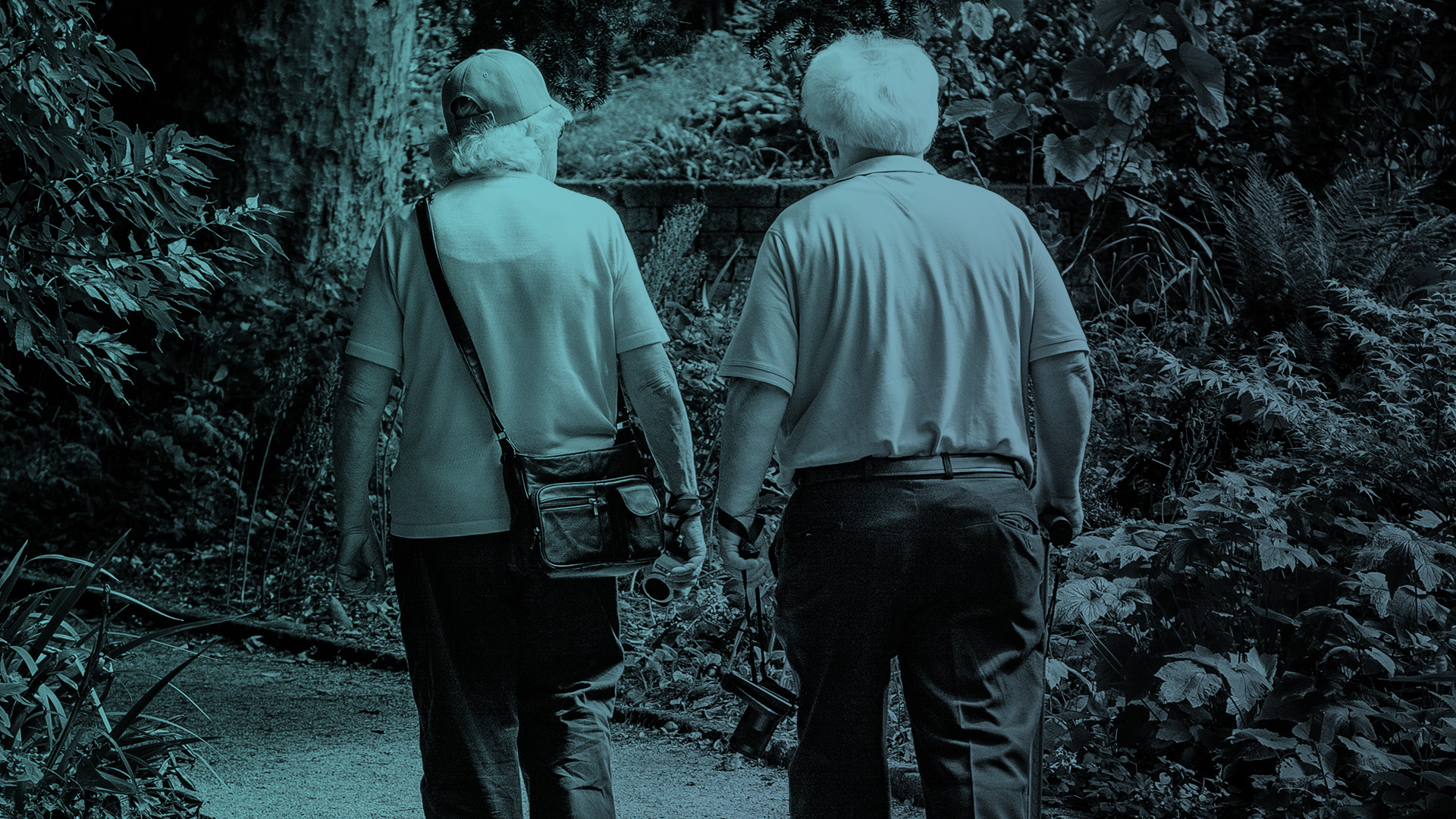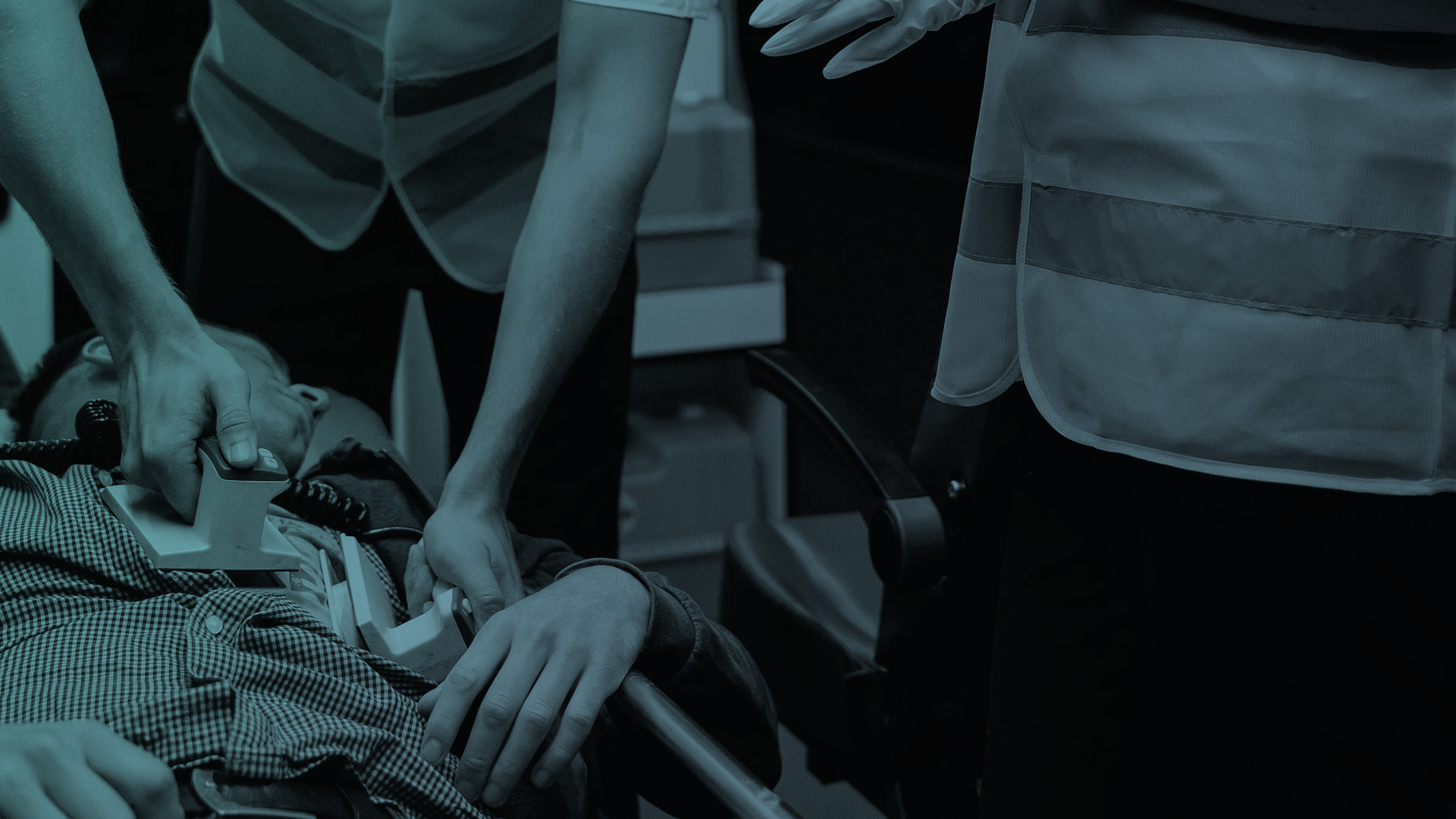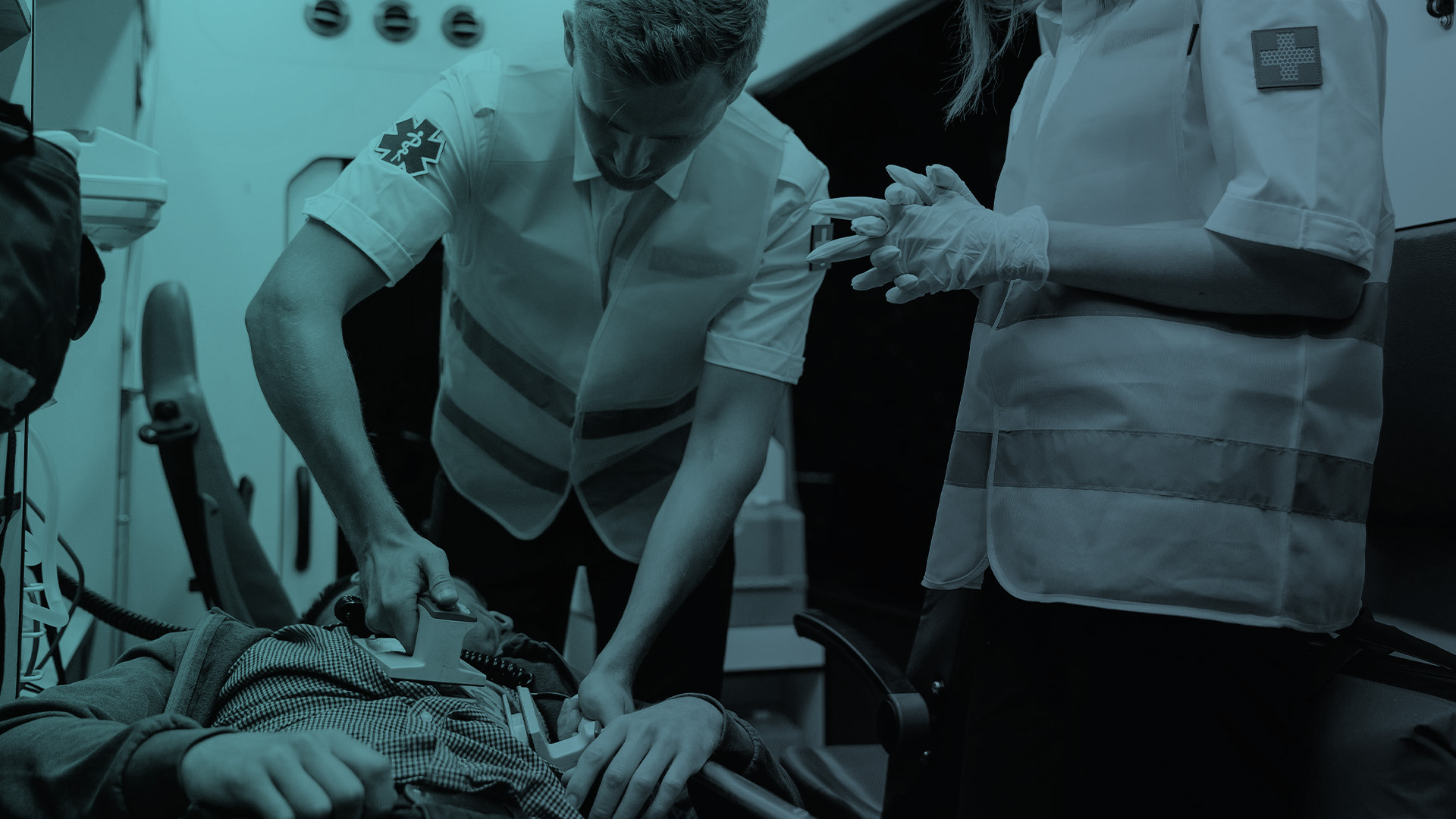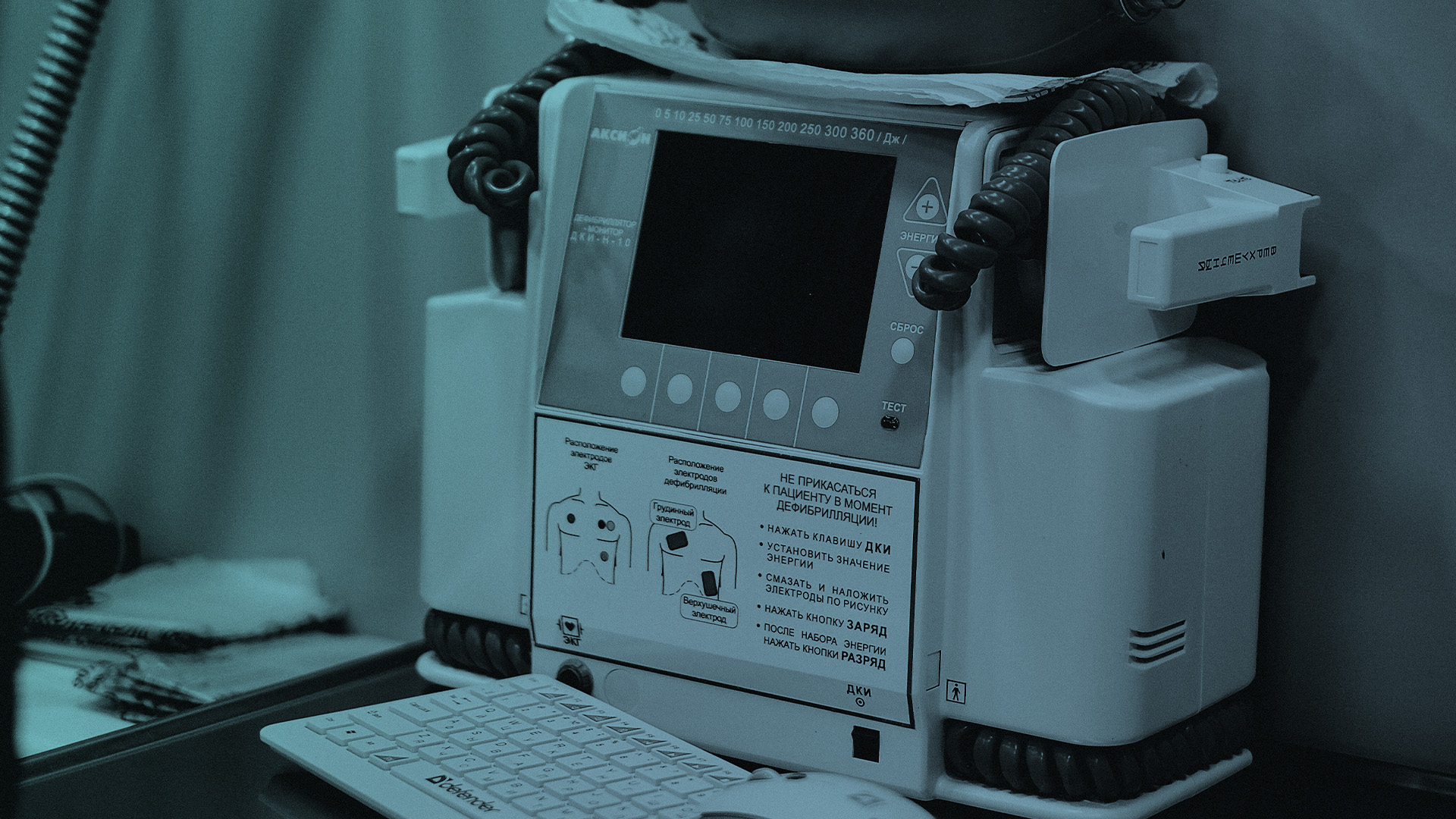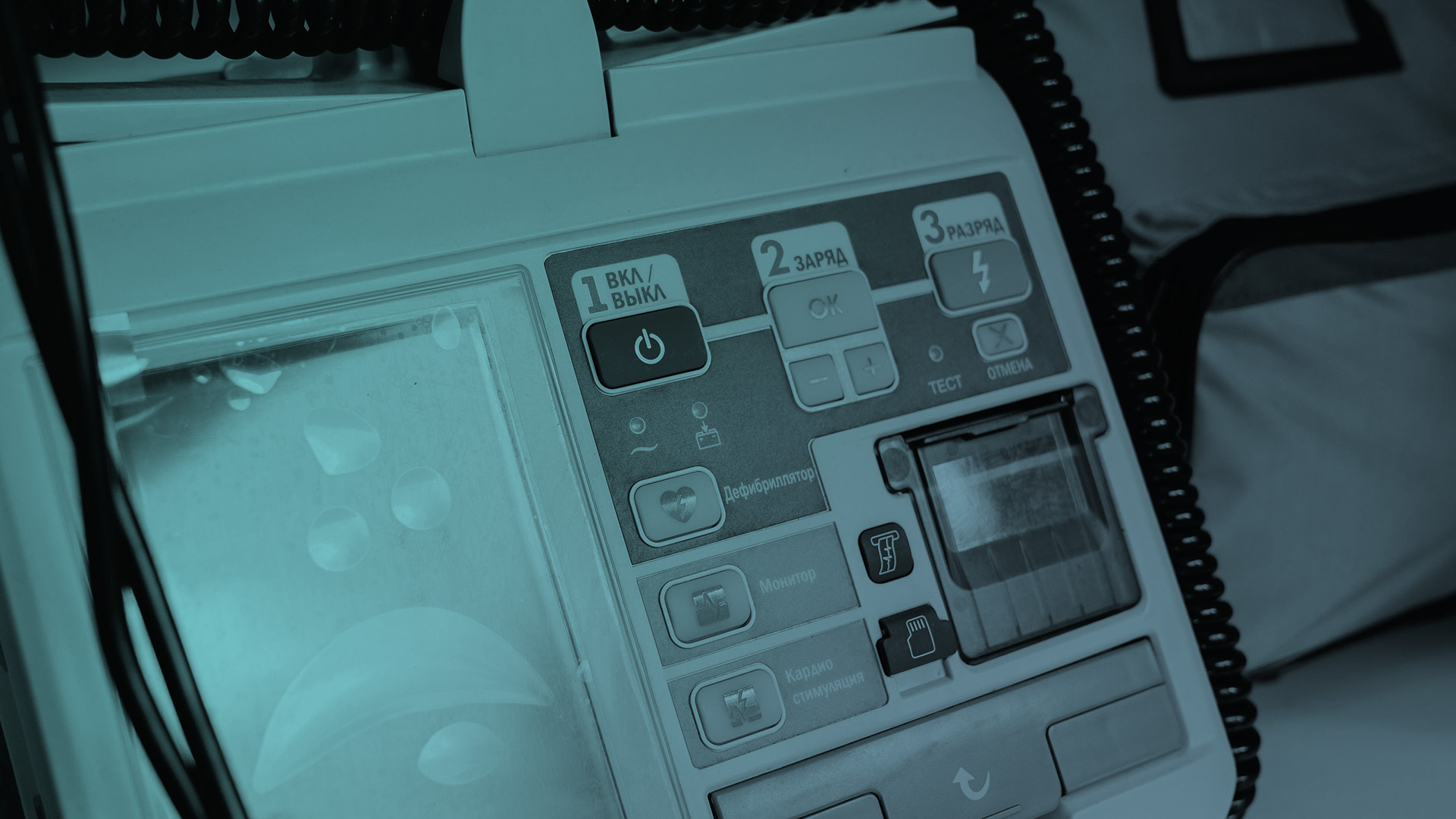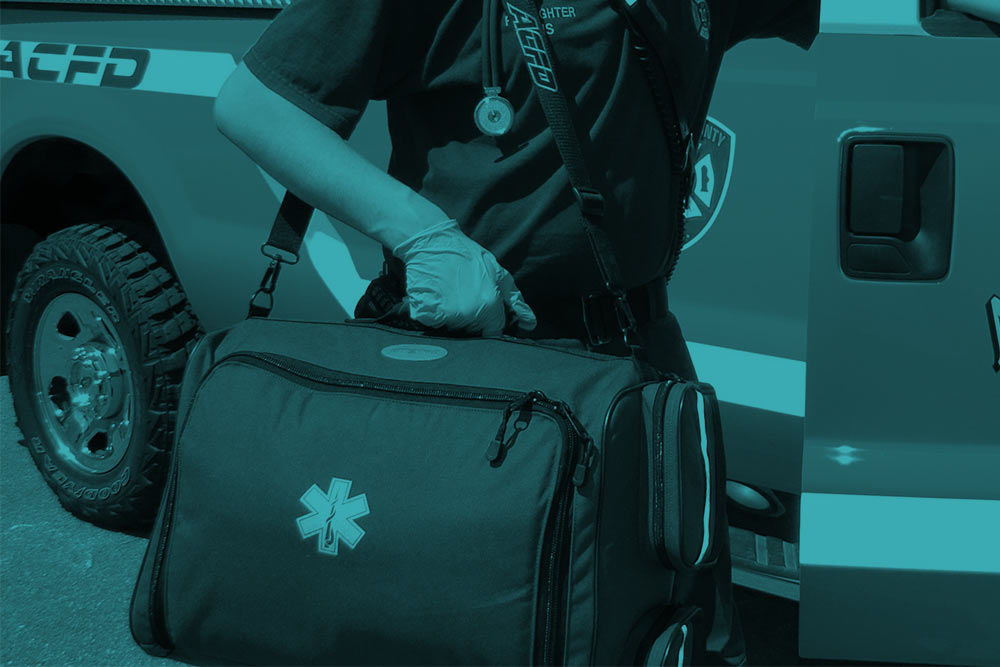Abstract
Background: Since development of the Utstein style recommendations for the uniform reporting of cardiac arrest, increasing numbers of national and regional out-of-hospital cardiac arrest (OHCA) registries have been established worldwide. The International Liaison Committee on Resuscitation (ILCOR) created the Research and Registries Working Group and aimed to systematically report data collected from these registries.
Methods: We conducted two surveys of voluntarily participating national and regional registries. The first survey aimed to identify which core elements of the current Utstein style for OHCA were collected by each registry. The second survey collected descriptive summary data from each registry. We chose the data collected for the second survey based on the availability of core elements identified by the first survey.
Results: Seven national and four regional registries were included in the first survey and nine national and seven regional registries in the second survey. The estimated annual incidence of emergency medical services (EMS)-treated OHCA was 30.0-97.1 individuals per 100,000 population. The combined data showed the median age varied from 64 to 79 years and more than half were male in all 16 registries. The provision of bystander cardiopulmonary resuscitation (CPR) and bystander automated external defibrillator (AED) use was 19.1-79.0% in all registries and 2.0-37.4% among 11 registries, respectively. Survival to hospital discharge or 30-day survival after EMS-treated OHCA was 3.1-20.4% across all registries. Favorable neurological outcome at hospital discharge or 30 days after EMS-treated OHCA was 2.8-18.2%. Survival to hospital discharge or 30-day survival after bystander-witnessed shockable OHCA ranged from 11.7% to 47.4% and favorable neurological outcome from 9.9% to 33.3%.
Conclusion: This report from ILCOR describes data on systems of care and outcomes following OHCA from nine national and seven regional registries across the world. We found variation in reported survival outcomes and other core elements of the current Utstein style recommendations for OHCA across nations and regions.
Full Article;

